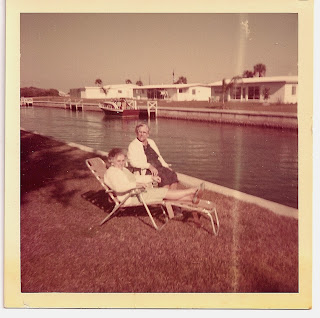I am thankful I came upon this letter written in 1869 by my great-great-great grandfather Noah Agard to his wife, Rebecca Ann Fletcher Agard:
February 28, 1869
Dear Wife:
“I bless the day thou was born.” Forty-five years ago this day what a stir there was in one little family; how one suffering woman having safely passed the trial of maternity looked thankfully on the face of her only living daughter and hopefully looked forward to a comfort and companion in the future years. We know how well those hopes were fulfilled and how often she had cause to “bless the day thou was born.”
Now in your midday with the care of so large a family upon you; may heavenly wisdom and patience be given you to so instruct and guide the children; that they to their latest day looking back, shall “bless the day thou was born.”
And, may many future years of usefulness and happiness bear you gently on to the fullness of Christian grace that shall enable you in looking back over a life well spent.
And forward in confident trust of a blissful future also to “bless the day in which thou was born.”
Your ever-loving husband,
Noah Agard









